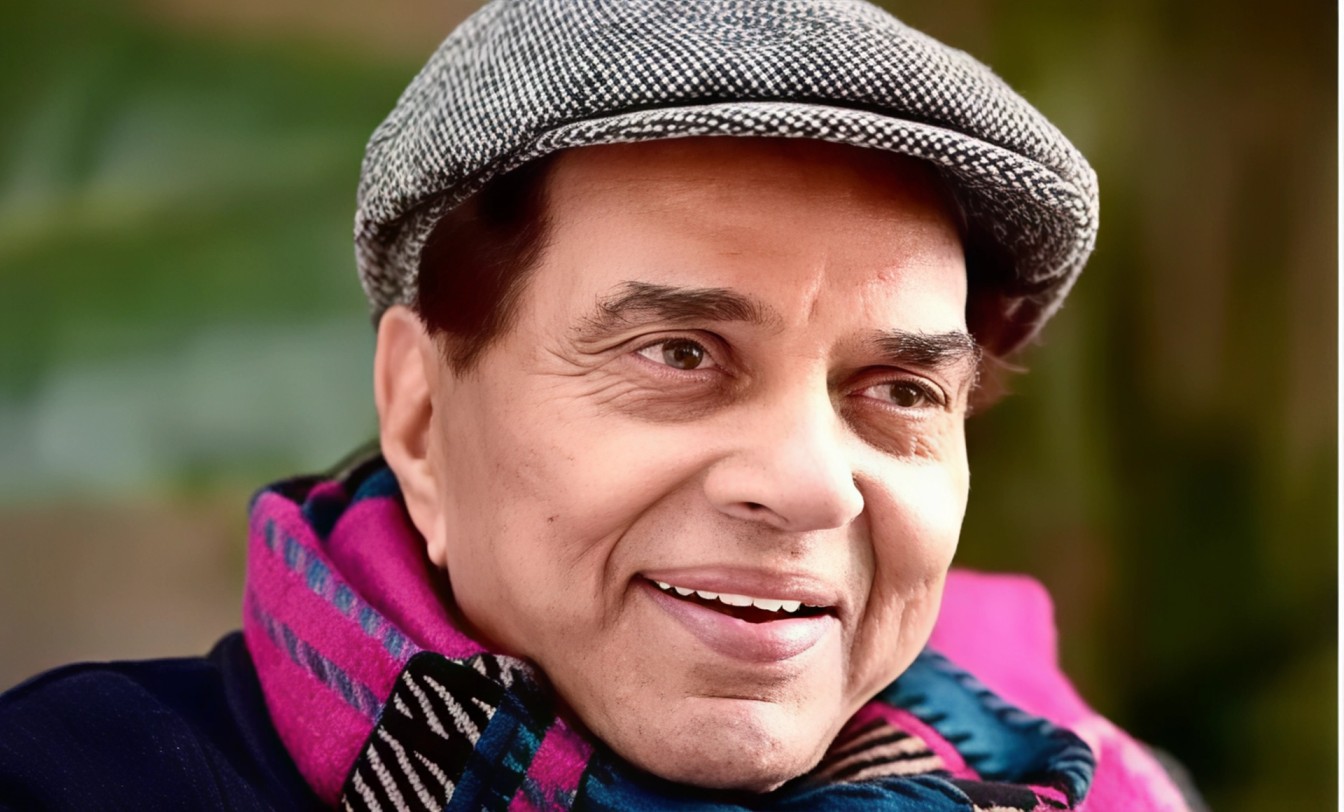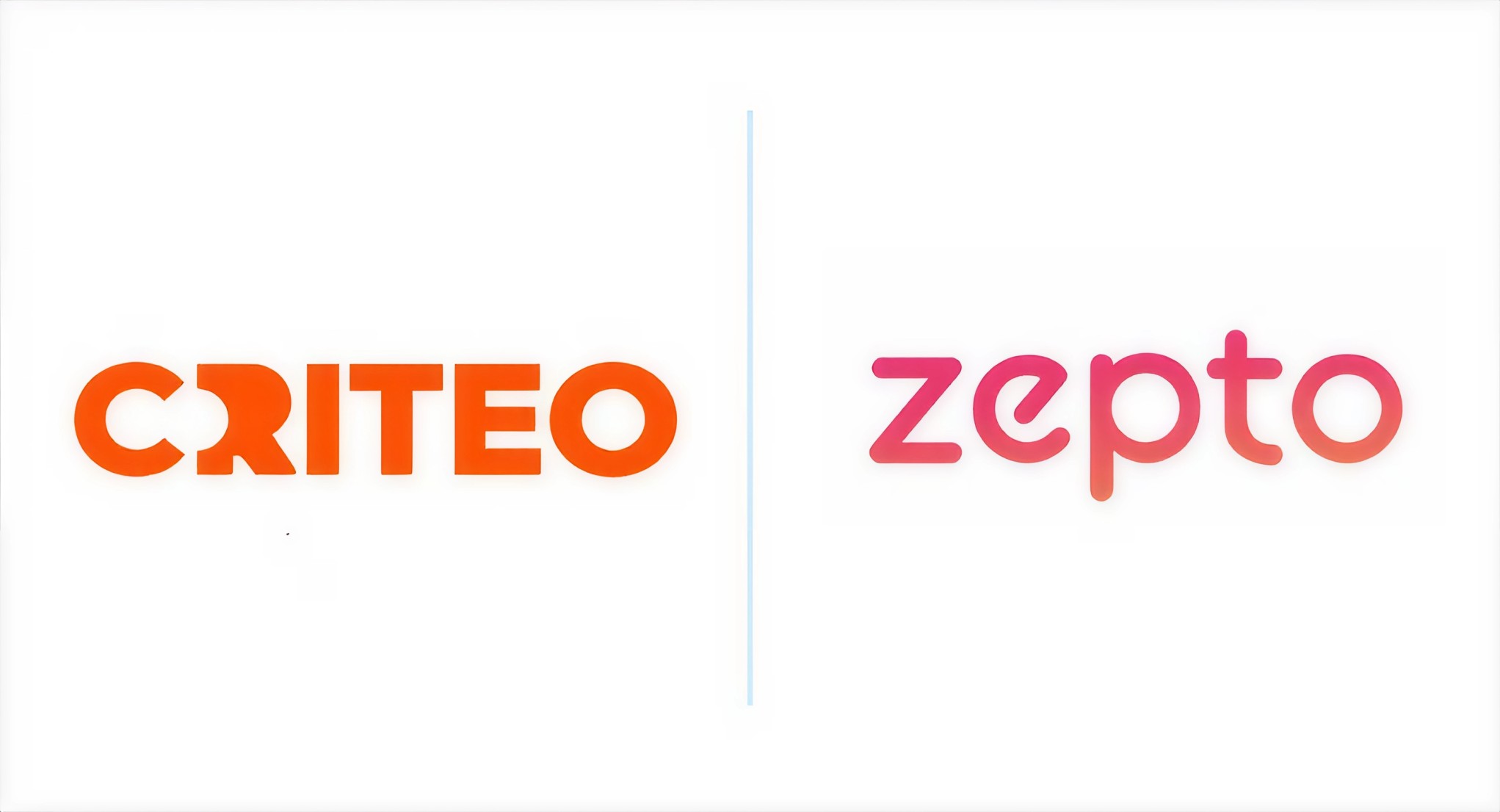The next wave of smartphones in India may bring advanced artificial intelligence capabilities, but they will not come cheap. According to top industry executives and analysts, the cost of AI integration is pushing up the prices of essential components like chipsets and memory modules. As a result, flagship smartphones are expected to get more expensive by at least 10 to 15 percent in the near future.
At the center of this shift are the chipmakers powering the world’s smartest devices. MediaTek and Qualcomm, two of the biggest names in mobile silicon, have openly acknowledged the rising cost of developing and manufacturing advanced processors. These chips are designed to handle AI tasks, such as live image editing, voice assistance, and predictive performance, which are quickly becoming baseline features for premium smartphones. But the price of staying on the cutting edge is no longer limited to the R&D labs. It is trickling down into the retail space.
Thomas CH, senior director at MediaTek, recently explained that while consumers are eager to invest in better performing phones, the supply chain has become more complex than ever. Every part of the smartphone, from its chipset to its memory, display, and camera, is becoming costlier as AI demands more power and faster processing. Despite efforts to control manufacturing expenses, rising input costs are making it harder for brands to maintain their current pricing structures.
ADVERTISEMENT

Qualcomm echoed the same reality in its financial discussions earlier this year. The company revealed that the cost of 3 and 4 nanometer chips has increased, and this will reflect in the average selling price of flagship processors going forward. These chips are critical for enabling real time AI functions and high speed 5G performance, which are essential for modern users who expect their devices to do more than ever before.
The dilemma for smartphone manufacturers is whether to absorb these costs or pass them on to the customer. Analysts believe that transferring the price hike to consumers, especially in the mid range category, could significantly impact sales. India remains one of the most price sensitive smartphone markets in the world. With overall shipments already facing pressure from macroeconomic challenges and changing consumer habits, any additional increase could push potential buyers to hold off on upgrades.
Yet, there is another side to the story. Despite overall shipment declines, premium smartphone sales in India are still growing. Devices priced above thirty thousand rupees are enjoying strong double digit growth. This premiumisation trend, fueled by aspirational buyers and easy financing schemes, is giving brands room to focus on high end models where price is less of a barrier.
ADVERTISEMENT
Industry experts like Neil Shah of Counterpoint Research believe that the manufacturing cost of flagship models will only continue to rise. With advancements in chipset technology and memory support required to fully unlock AI capabilities, brands will eventually have to raise prices. However, they also need to be cautious and creative in how they market these changes. Consumers may accept a higher price tag if it comes with meaningful upgrades and well communicated value.
Upasana Joshi from IDC adds that if brands aggressively pass on the increased costs to Indian users without clear benefits, they risk alienating a large chunk of the market. Pricing strategies will need to be handled delicately to avoid losing traction, especially when affordable options still dominate overall volumes.
On the positive side, manufacturers like MediaTek believe that the smartphone industry has stabilized globally in terms of volume. While growth may only be in the low single digits, the average revenue per device is rising. This reflects a shift in consumer behavior where users are willing to pay more for a smarter and longer lasting device.
As flagship models get more intelligent, connected, and powerful, brands must navigate the tightrope of innovation and accessibility. The Indian smartphone market is entering a new phase, where technology is evolving rapidly, but so are expectations around value. How brands respond to these challenges will shape the next few years of the smartphone journey in one of the world’s largest and most competitive markets.
ADVERTISEMENT
For more insights on tech, innovation, and brand strategies shaping India’s consumer landscape, follow Marketing Moves on Instagram and Facebook.


















